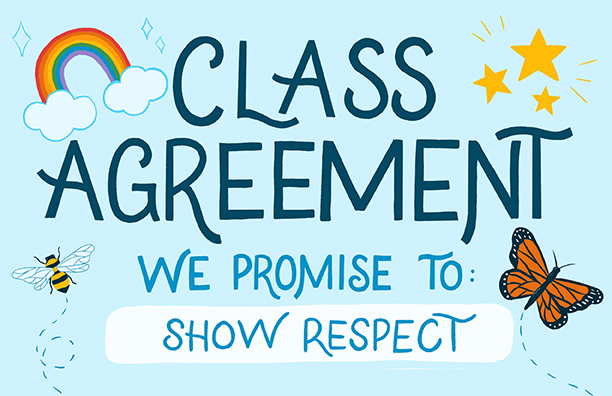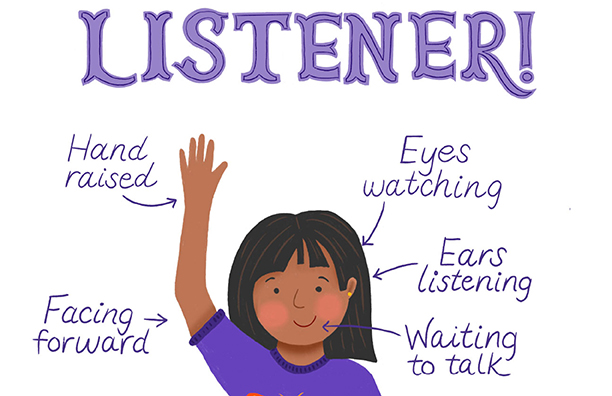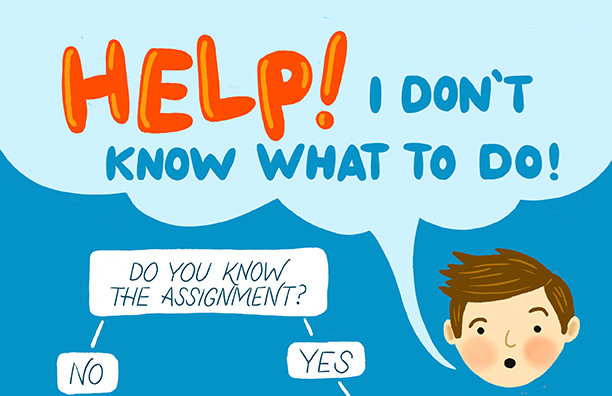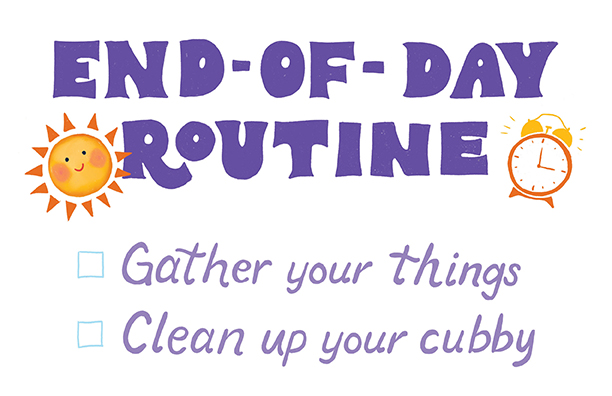4 Essential Anchor Charts to Kick Off the School Year
Posting visual references to reinforce structure, routines, and expectations helps establish classroom culture and start the year strong.
Your content has been saved!
Go to My Saved Content.When planning and designing a classroom environment, it’s important for teachers to be intentional about what goes on the walls. While research supports minimizing visual clutter, strategically placed anchor charts can support a positive and productive atmosphere by level-setting essential protocols early on.
Anchor charts are large visual tools that can help reinforce content and routines. In the early weeks of school, they can especially be useful in setting expectations and building community.

A great place to start is by cocreating a Class Agreement chart, where students are involved in establishing shared norms to build co-ownership and accountability. Having students sign the chart can further reinforce their buy-in to the rules. Click the button to download a printable blank 18x24 Class Agreement poster to use in the classroom, or get a copier/printer-sized version here.

Another helpful chart that teachers can create early in the school year is an Active Listener diagram, which can also be created collaboratively with students to define the behaviors of active listening. This chart can serve as a consistent reminder of respectful, engaged communication all year long. Click to download a printable blank 18x24 Active Listener poster, or get a copier/printer-sized version here.

Teachers can also promote problem-solving and independence by displaying an “I Don’t Know What to Do” flowchart. This visual lays out clear common options for students to follow when they’re stuck or unsure how to proceed. Posting it on the wall as a guide not only encourages critical thinking but also reduces interruptions, freeing up precious classroom time. Read more about the benefits of this chart in Michelle Hart Bram’s article for Edutopia, “How to Establish Classroom Routines for Productive Learning.” Click the button to download a printable customizable 18x24 “I Don’t Know What to Do” poster based on Bram’s, or get a copier/printer-sized version.

Smoother daily transitions can also be aided by well-planned anchor charts. For example, an End-of-Day Routine chart helps students understand what’s expected as class wraps up. When students can reference this chart regularly, it minimizes the amount of times that teachers need to remind students of instructions. Click to download a printable blank 18x24 End-of-Day Routine poster (or get a copier/printer-sized version here).
Anchor charts aren’t just for the beginning of the year—they can be updated and rotated to support new content and evolving classroom needs. By using visual references thoughtfully, educators can help students internalize routines, stay focused, and develop autonomy. In the long run, intentionally chosen and placed anchor charts contribute to a well-managed, student-centered classroom that supports both academic growth and positive behavior.
For more resources on how to maximize your classroom wall space with just the essentials—anchor charts and beyond—see Youki Terada’s article for Edutopia, “Dos and Don’ts of Classroom Decorations.”